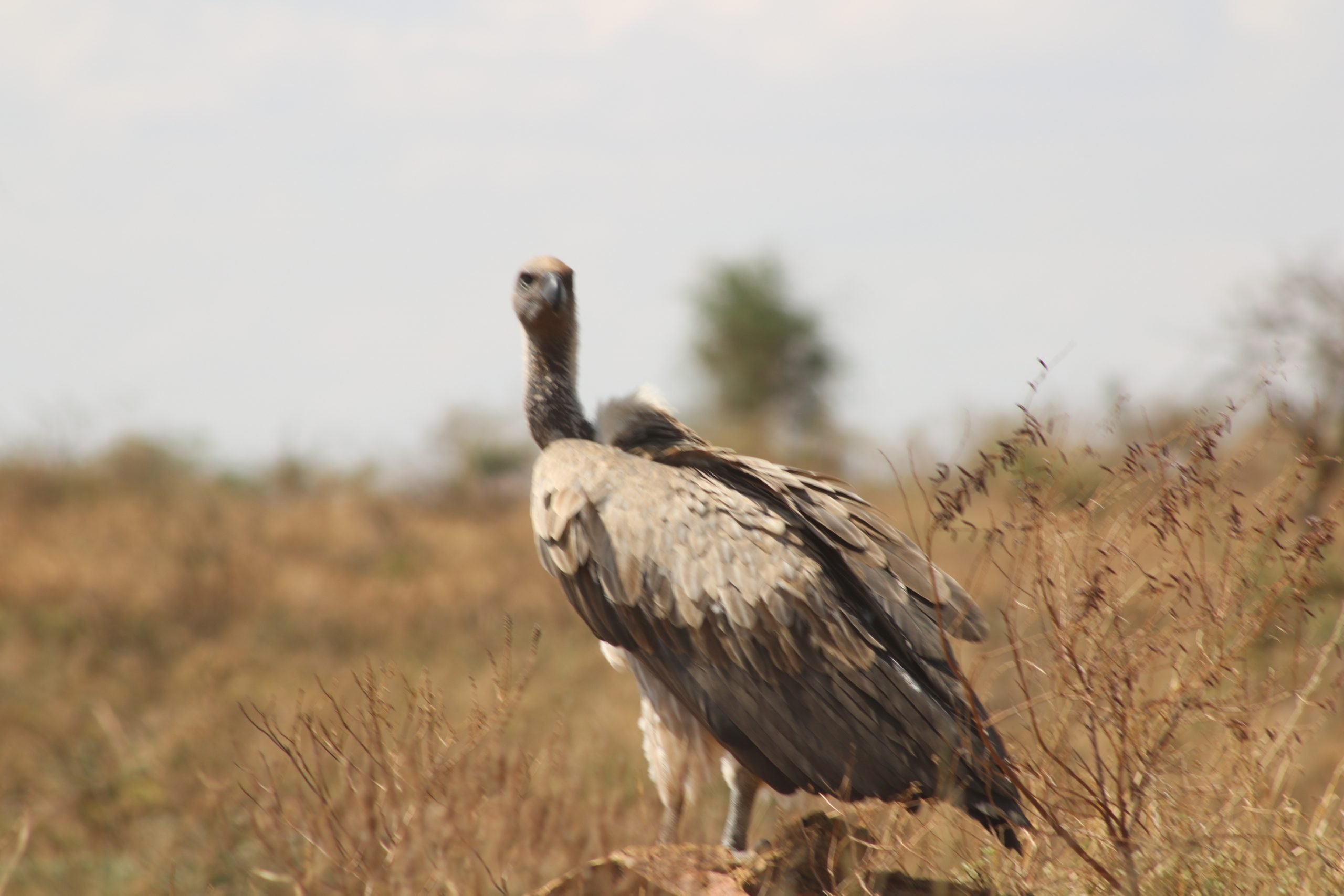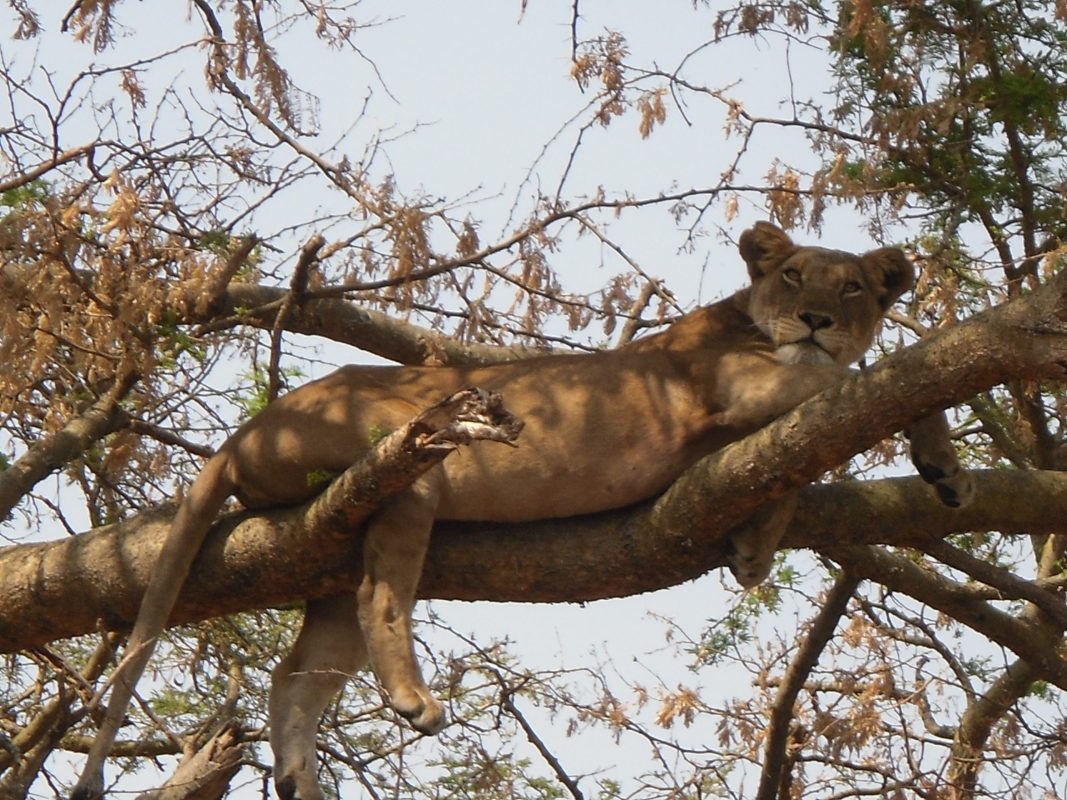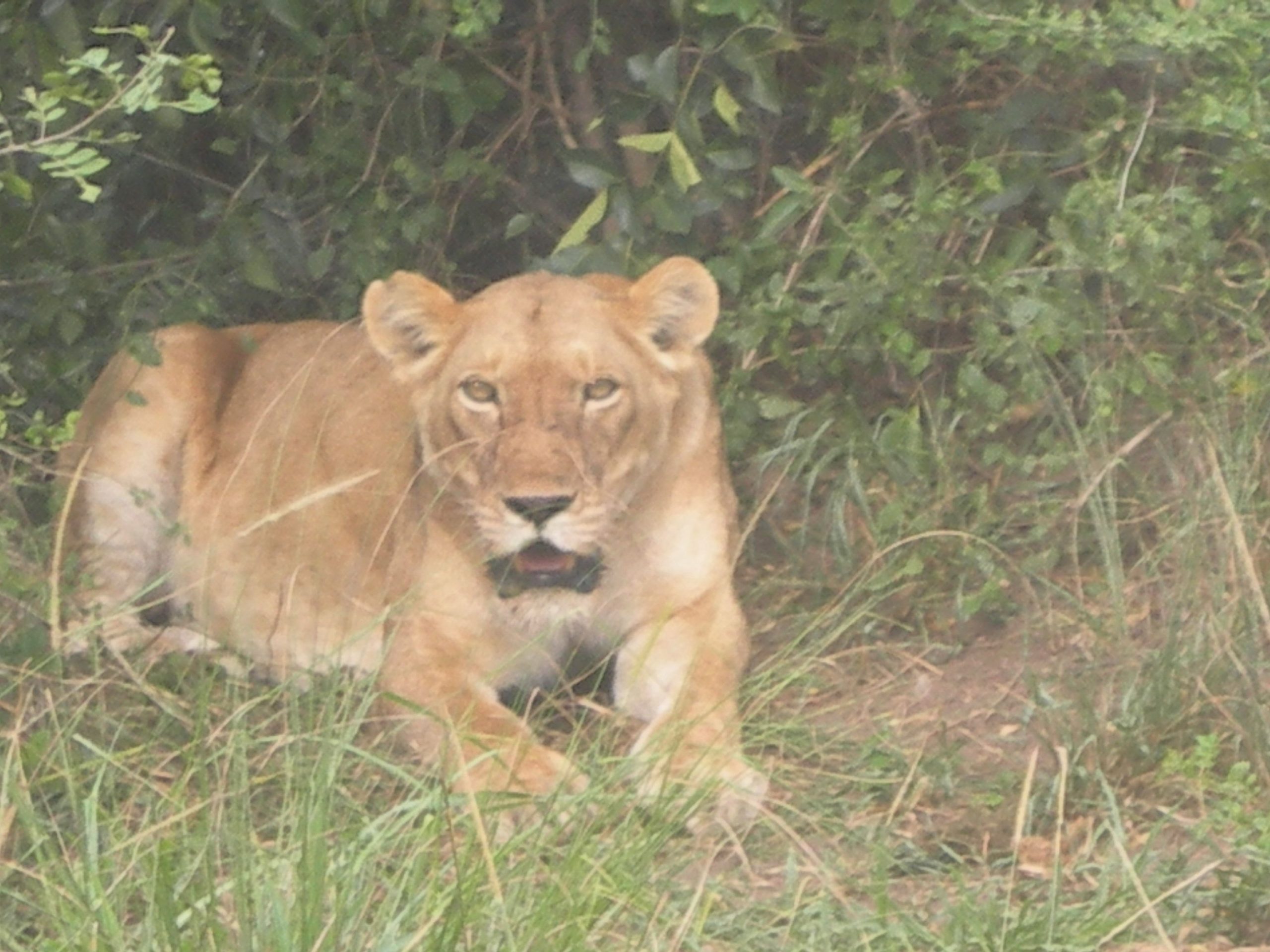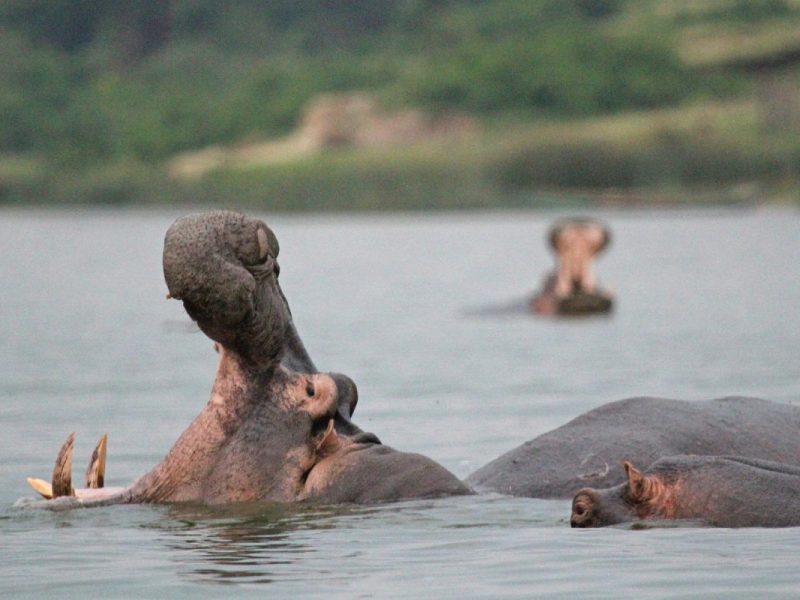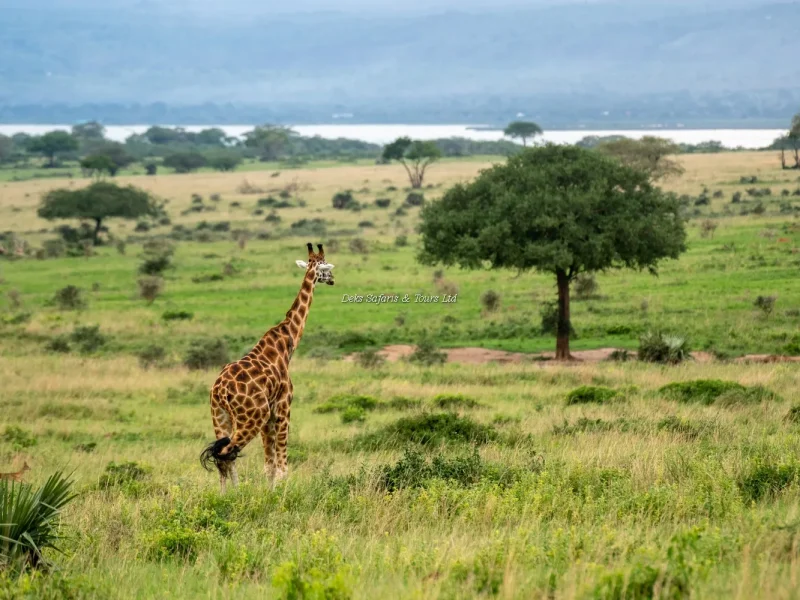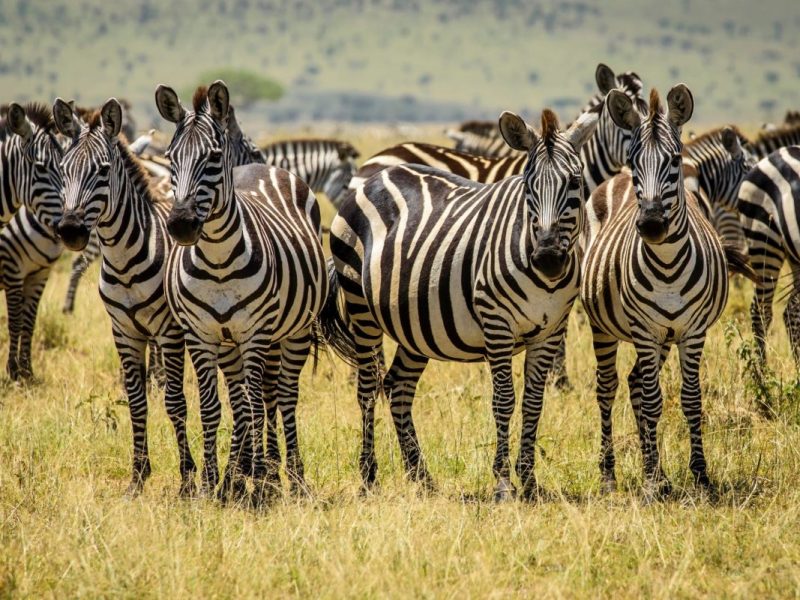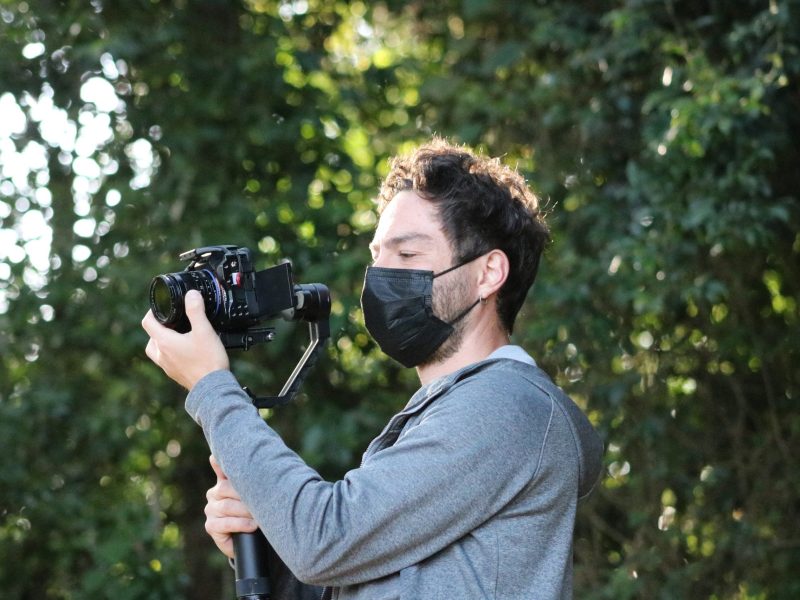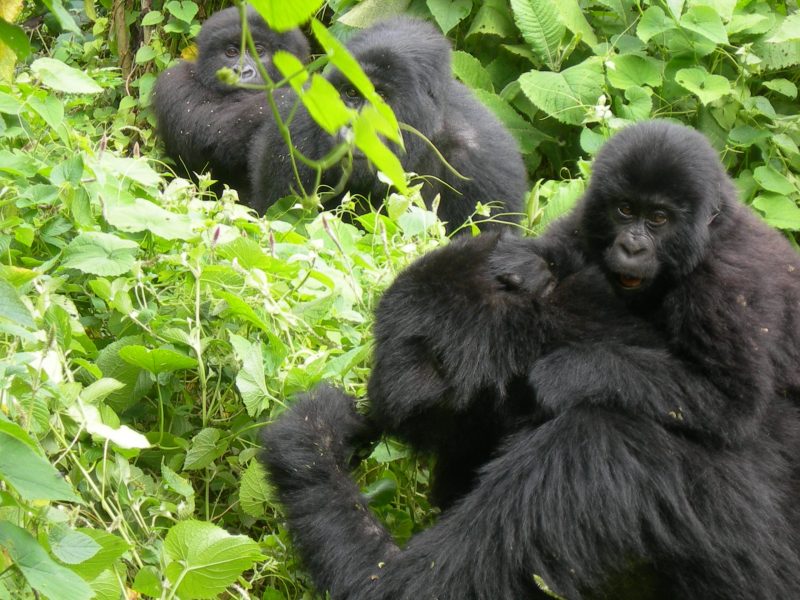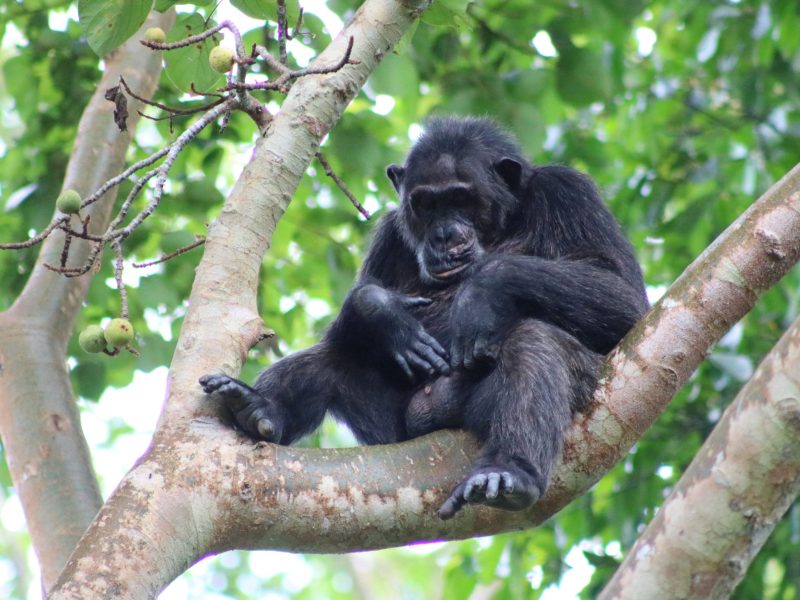Queen Elizabeth National Park
Queen Elizabeth National Park is located in the western region of Uganda. Queen Elizabeth Park covers 1,978 square kilometers (764 square miles). (mi) It is managed by the Uganda Wildlife Service and was established in 1952. Queen Elizabeth Park is the second largest national park after Murchison Falls National Park.
Safari Attractions of Queen Elizabeth National Park.
Wildlife.
Queen Elizabeth National Park is known for its abundance of wildlife, including African elephants, African buffaloes, Ugandan elephants, hippopotamuses, topis, antelopes, warthogs, giant wild boars, Nile crocodiles, leopards, spotted hyenas, chimpanzees, lions, and usually the Jan Park. Mammal species with more than 600 bird species.
Bird Species.
Queen Elizabeth National Park is a birdwatcher’s paradise with more than 600 bird species and documented bird habitats ranging from savannas and forests to wetlands. In the park, the bogs of the Ishasha district are a good place to look for the elusive shoebill stork, and migratory birds are always present from November to April. Bird species found in the park include Marsh Flycatchers, African Skimmers, Malachite and Speckled Stingrays, Gray Egrets, Black-headed Hornbills, Vero’s Hawk-Owls, Common Terns, White-winged Terns, and Gray Terns, Collared Swallows, Wagtails. Martial Eagle, Gabon, and Thin-tailed Nighthawk are exciting hunts in Uganda.
The Equator in Queen Elizabeth National Park. The equator in Queen Elizabeth National Park is one of the main attractions of the park, it is located in Kikorongoro, the equator is the most recognizable landmark on the map of Uganda, it is the main latitude that divides the world into two equal hemispheres, the northern and southern hemispheres. The equator is perpendicular to the Earth’s axis of rotation and also contains the Earth’s center of mass.
Kazinga Channel.
Kazinga Channel is a wide 32 km (20 mi) freshwater channel connecting Lake Edward with its smaller neighbor Lake George, named after Queen Victoria’s son King Edward VIII and his successor George V. The shores of Kazinga Channel attract large mammals, birds, and reptiles.
Through the peninsula. Mweya Peninsula is the epicenter of sightseeing activities, the accommodation in the park is excellent and the only way to enjoy a tour of Queen Elizabeth National Park is with a ranger guide to help you explore the park as well as the more remote parts of the peninsula. The center organizes visitors who may wish to participate. All activities like Katwe Bay, Lake Edward, and more.
Lake Katwe.
Lake Katwe is a saline crater lake with no outlet or inlet, so it is salty, and in the dry season the water becomes too concentrated, forming a salt pan at the bottom and crystalline salt at the top. During your visit to Lake Katwe, you can visit the historic German salt factory, learn why the factory stopped working, and enjoy the salt production process and the stories of the salt mine.
Cambrian rocks. Kyambura has many interesting features; The Kyambura Gorge is extraordinary, a rainforest crossing a large savannah plain, and according to local folklore the gorge was formed by the Kyambura River.
Landscape.
The view of the Queen Elizabeth National Park is breathtaking, cool, and beautiful enough to give you a taste of the true gem of Uganda. The park has hills and the view is even more beautiful, the park is also located at the back of Rwenzori Mountain, if the Rwenzori Mountain range, it has a very beautiful view, on a sunny day you can see Rwenzori Satoyama touching the clouds; therefore, it is called the Mountain of the Moon.
Tree-Climbing Lions
Tree-climbing lions are a species of lion unique to East Africa, found in Queen Elizabeth National Park and Lake Manyara in Tanzania, but you may be more likely to see some trees in the Ishasha area south of Queen Elizabeth Park. the number of climbing lions is higher than in Tanzania.
Activities in Queen Elizabeth National Park.
Cultural Trip.
Cultural tours around the park, especially in the fishing villages adjacent to the park, where you can learn about the local people, their stories, entertainment, local dances and dramas, and cooking, among other things.
Boat Cruise at Kazinga Channel
The park has cruises that take place in Kazinga Channel, which stretches from Lake Edward to Lake George, and last approximately 2 to 3 hours, so game viewing and bird watching are available. Kazinga Channel cruises are offered twice a day, in the morning and the afternoon.
Chimpanzee Tracking.
Chimpanzee Tracking offers the ultimate chimpanzee encounter, the underground forest located 100 meters below the Kichaba Cliffs. Cambra is home to 10 species of primates, including chimpanzees and olive baboons. A chimpanzee tracking experience in Queen Elizabeth National Park allows the chimpanzees to play in the trees and groom each other while tourists take pictures.
Bird Watching.
The park is one of the bird-watching destinations and therefore offers bird safaris. The park is home to more than 600 species of birds such as thorn-wing, long-tailed cormorant, African water-toothed cormorant, yellow-backed weaver, osprey, lesser flamingo, and others. Zinga Channel, Katongguru Bridge, Mweya Peninsula and many more.
Exclusive Game Drives
The most popular activity it offers is the game safari, the park is home to a huge number of wild animals found during game viewing, the event mainly takes place in Kasenyi where you can see a large number of animals such as Ugandan copper, lions, elephants, topis and so on. Game drives in the park take place in the morning and evening when the animals can be active.
Where to Stay in Queen Elizabeth National Park?
Accommodation options in the park range from budget, to mid-range to luxuries, such as lodges, campsites, and hotels that can accommodate guests during a safari in the park. Accommodations in the park include the White House Hotel, Pemba Safari Lodge, Mwea Safari Lodge, Cassini Safari Camp, Ishasha Wilderness Camp, Enganzi Lodge, Park View Lodge, and others.
Best time to visit Queen Elizabeth National Park?
The best time to visit Queen Elizabeth Park is not specified as the season change and the park is an open space, but the best time to visit the park for wildlife viewing is January-February and June-July as it may be a species of animal. May congregate in the dry season in search of drinking water.
How to get to Queen Elizabeth National Park?
From Kampala to the park, Queen Elizabeth Park is accessible by air and land.
By Road
The park is located 389 kilometers from Uganda’s capital, Kampala, and can be reached in 6 to 7 hours via Masaka Road.
Air means.
Various airports in the park such as Chobe, Pakuba, Mweya, Kasese, Ishasha, and Kihihi can be reached by charter flight from Entebbe International Airport or Kajjansi Airport.
Home to more than 95 species of large mammals and 600 species of birds, Queen Elizabeth National Park is now the most biodiverse place to go on safari in Uganda, with diverse habitats such as grasslands, forests, wet tropical forests and wetlands, freshwater rivers, lakes, and salt lakes.


